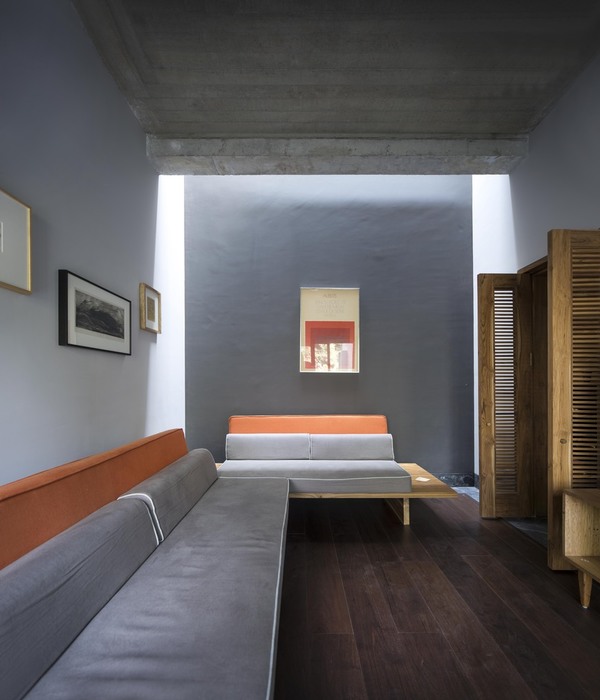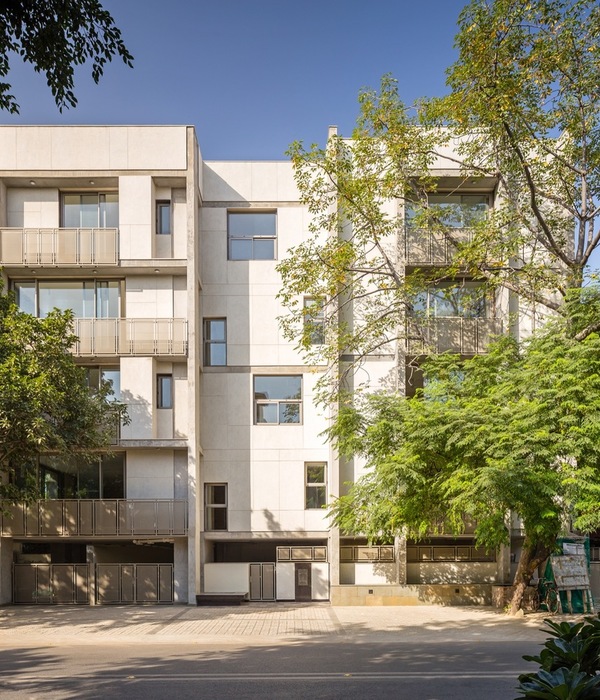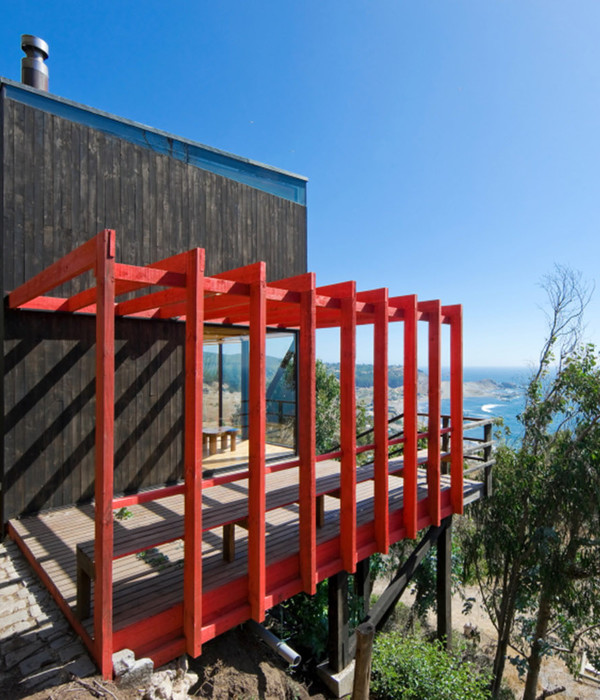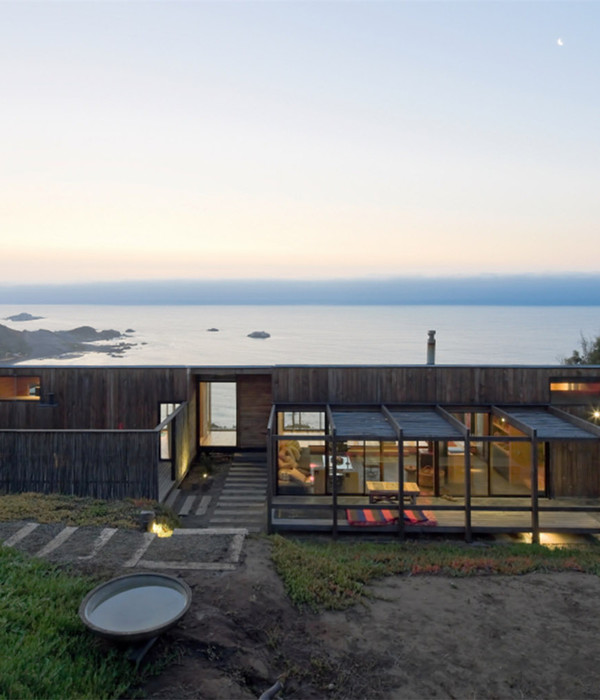Architects:Edouard Brunet Architecte
Area :140 m²
Year :2022
Photographs :Edouard Brunet
Lead Architects :Edouard Brunet, Julie Duchateau
Building company :Batidar Construct
Stability engineer :Taac scsprl, Michel Pelgrims
Ironwork : ESPRIT DE FER, Luc Van Massenhove
City : Brussels
Country : Belgium
At the top of a Brussels building, architects Edouard Brunet and Julie Duchateau have imagined a bright and lively duplex. They enlarged a small, unhealthy apartment by reactivating unused attics and a lifeless roof. The design was based on a careful reading of the qualities of the existing building: the view of Brussels to the north, the abundant light from the southern slope of the roof, a flat roof overlooking the city, a generous volume under the roof, and warm, textured existing materials.
The duplex was reversed so that the living rooms, placed at the very top, are bright and have a view of the Belgian capital. The removal of walls and floors on the top floor revealed the available space. The insulation of the roof was placed outside the structure to gain volume and to show the existing frame which was adapted. A large glass roof on the south side and skylights on the north and south roofs diffuse a homogeneous and abundant light. Finally, the roof at the back has been enhanced by a new volume entirely open to the terrace and the panorama to the north. The continuity between the exterior and the interior is reinforced by the embedding of the window frames so that all the surfaces (furniture, floor, and walls) are extended towards the exterior.
The volume is structured by a few large peripheral pieces of furniture: a bench across the width and under the glass roof to enjoy the view of the sky, the warmth of the sun's rays, and the view of the city through the apartment and the terrace. In the length is installed a long piece of furniture that gathers an office, storage, and the kitchen which is extended outside by storage. The kitchen is completed by a massive central island. The other width takes place in the library which takes up the few removable steps giving access to the terrace and ensures the transition with the landing of the staircase which leads to the 4th floor.
The abundant light, the volume, the vegetation, and the multiple views allow feeling inside as outside. The flat roof has been designed as a living space. An extra room for the inhabitants with the terrace and a place of life for the animals with the vegetable garden which attracts bees, ladybugs, beetles, birds... This suspended garden is planted with edible vegetation for humans and animals. Life begets life. To guarantee the view of the city, a transparent guardrail was installed on the perimeter of the terrace and the garden. In this desire to open up the space, a vertical visual axis runs through the entire apartment.
It welcomes the visitor from the entrance on the third floor and leads his gaze to the sky through one of the roof windows on the fifth floor. The gaze thus crosses several levels and natural light gently illuminates the entrance. The 4th floor, where the bedrooms and bathrooms are located, follows the same logic of openness. Thus, large visual axes run horizontally through the entire depth of this floor to extend through the view of Brussels at the back and the tree tops of the avenue at the front.
This building does not escape the configuration of the "three rooms in enfilade" characteristic of the constructions of the XXth century in Brussels. In order to install the rooms along the facades, the water and technical rooms are grouped in a block installed in the center of the apartment. This large piece of furniture integrates the dressing rooms on both sides. It also hides the sliding doors of the bedrooms, which remain open throughout the day to take advantage of the through views and bring natural light into the hall.
This hall is quite large because it gives access to all the rooms on the 4th floor and is the reception hall of the apartment. It benefits from several indirect sources of natural light. This layout with a central distribution space open to other rooms allows the inhabitants to take advantage of the entire surface of the apartment on a daily basis. One of the rooms is located under the vegetable garden. It replaces the original kitchen and bathroom which have been regrouped.
As in the rest of the apartment, the atmosphere of this room is marked by the existing materials that have been maintained. The past time and previous lives have left their traces. In the same spirit, the bathrooms and one of the bedrooms show an old advertisement that was painted on the wall before the construction of the building. This huge painting occupies the entire height of the building and has been preserved in the apartments on the lower levels.
The architects worked with the existing by recovering and revealing what was already there. As much as possible, they completed and repaired the existing with materials recovered on site or nearby: bricks from the demolitions to raise the partitions, floorboards dismantled from the first-floor neighbor to repair and complete the floor where the walls were demolished or marble wall coverings from the Brussels North Station for the worktops of the living rooms and one of the bathrooms. This project tries to be as virtuous as possible by reactivating unoccupied places in the respect of the existing ones and by proposing generous living spaces.
▼项目更多图片
{{item.text_origin}}












